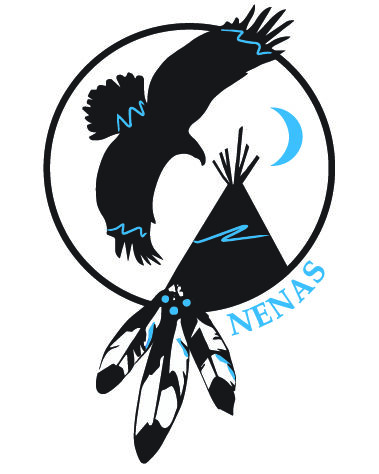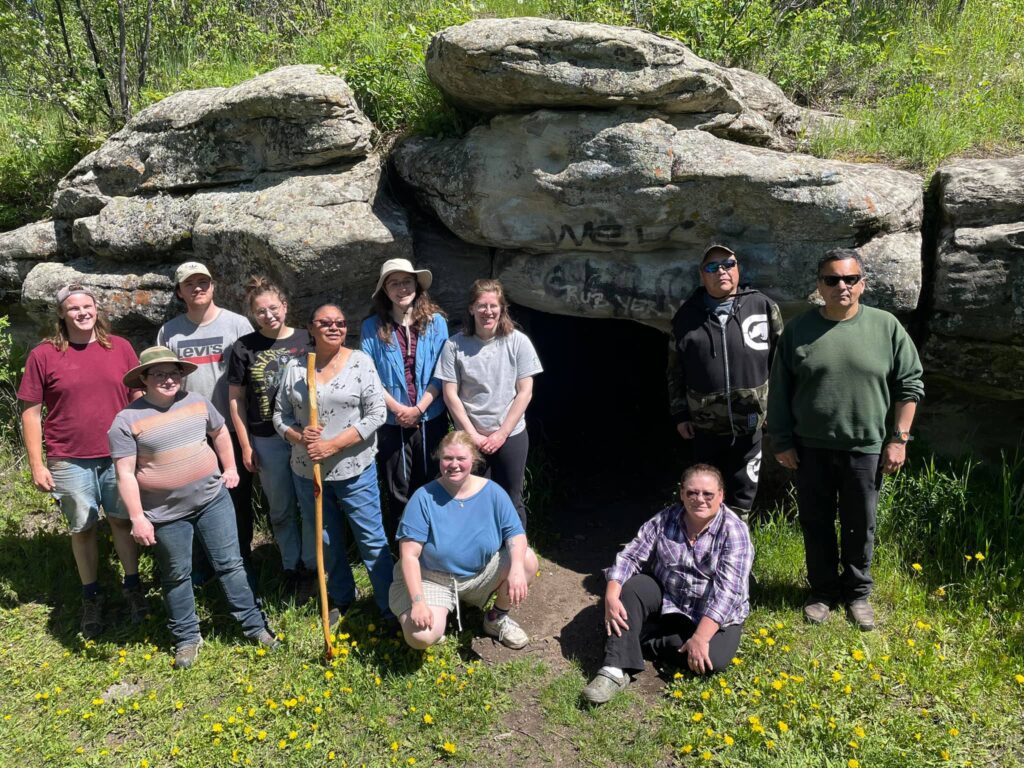NENAS is proud to support the National Tse’K’Wa Historic Site.
CHARLIE LAKE, B.C. – The University of Northern BC-led archeological field school at the National Tse’K’Wa Historic Site has uncovered several artifacts over the last three and a half weeks.
Executive director of the Tse’K’Wa Heritage Society, Alyssa Currie, says that along with the artifacts found, the excavations have uncovered an abundance of “artifact flakes.”
“These are very small artifacts that are created in the process of creating a stone tool. So you start with a core or a large rock, and you hit that rock repeatedly, breaking off small flakes until you’re eventually left with a stone tool,” Currie explained.
“The abundance of flakes that we’re finding suggests that over a time, many people have sat and taken the time to create a stone tool at that site. That’s different from the cave site where most of the materials that they found were intact artifacts,” Currie continued.
The Tse’ K’ Wa Heritage Society says further details on the findings will be released at a later date.
With two weeks left of digging, Dr. Jon Driver believes more artifacts will be found.
Driver, who was a part of several previous excavations at the site more than thirty years ago, says that because this excavation focuses on a completely different site area, he suspects many artifacts dwell within the soil.
“The area where the field school is excavating is probably more likely to have been the main camping area, the main habitation area at the site,” Driver said.
Driver believes the Tse’ K’ Wa site is likely one of Canada’s most important historical sites because it has 12,000 years of history embedded in the layers of earth below.
“There’s no other site in Canada like this. It’s absolutely unique to have a site with that time depth and record of people continuously using this place for 12,000 years,” Driver said.
In terms of significance for Canada, Driver compared the site to Stonehenge in England.
The area of focus for the excavation isn’t the only difference between this and previous excavations.
To learn more about the Tse K’wa Heritage Society, please visit this link.


